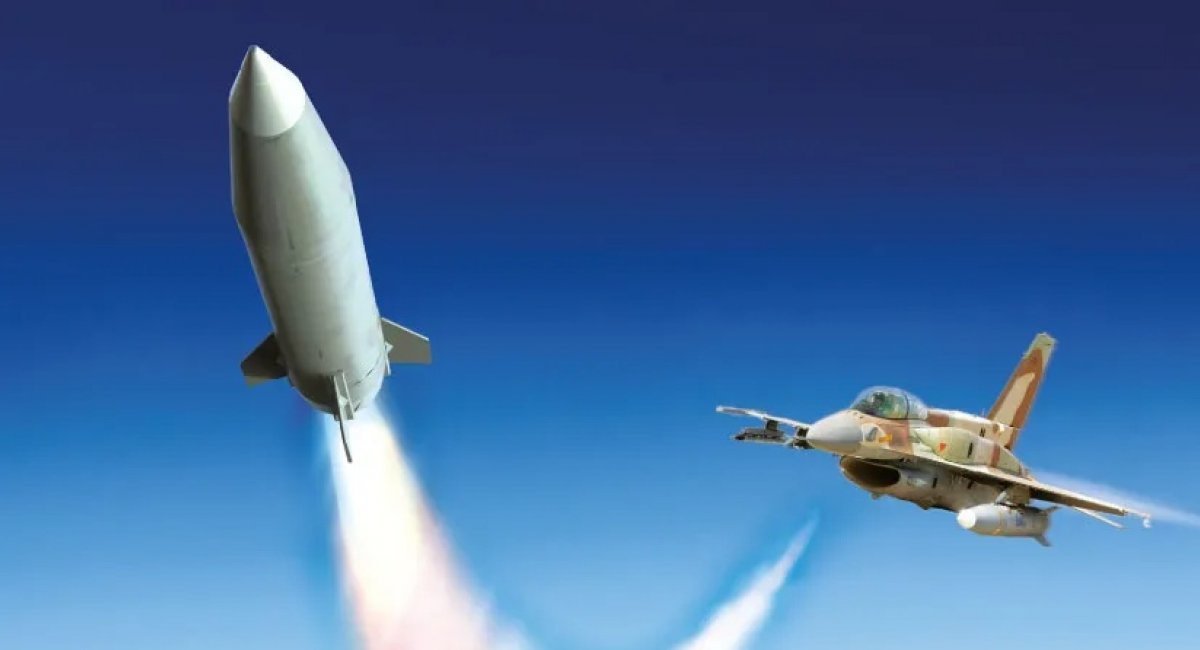Recently, President Volodymyr Zelenskyy announced that Ukraine is actively developing four types of domestic missiles, including long-range options currently undergoing testing. While specific details about these projects remain classified, this indicates progress beyond the Neptune and the previously reported ballistic missile projects, suggesting the existence of two additional missile systems under development.

According to The Wall Street Journal, Anna Gvozdiar, Ukraine’s Deputy Minister for Strategic Industries, confirmed that Ukraine is working on more than one ballistic missile. Earlier reports this year mentioned a successful test of a missile with a range of 600–700 km, though no further information was provided.
Read more: Ukraine’s 700 km Capability: New Missile Can Reach Moscow, Saratov and Sochi
Given the growing need for long-range precision strikes, Ukraine's Defense Forces could benefit from exploring air-launched ballistic missile (ALBM) options. The success of Israel's Air LORA project serves as a strong example. Originally a ground-launched ballistic missile with a 400 km range, the LORA was adapted for deployment from F-16 fighters. This adaptation extended its range and retained its high accuracy, even in environments with advanced electronic warfare countermeasures.

Similarly, adapting missiles like ATACMS or its successor, the American Precision Strike Missile (PrSM), into ALBMs could significantly increase their operational flexibility and range. This approach mirrors India’s modification of the Rampage missile for MiG-29 aircraft, where its range increased from 80 km to 250 km after integration with an aerial platform.
Ukraine’s defense industry, with its emphasis on innovation, could adopt similar strategies to maximize the potential of its ballistic missile program. For instance, systems like the Hrim-2 (Sapsan) could be modified for air-launch capability, giving Ukrainian forces a cost-effective and adaptable long-range strike option.
Leveraging Soviet-Era Expertise
Ukraine’s missile development likely benefits from its legacy as part of the Soviet Union’s advanced missile program. The creation of ALBMs aligns with this heritage, allowing for efficient use of existing expertise and infrastructure.
The integration of ALBMs with platforms like the MiG-29 and the incoming F-16s would provide strategic advantages, enabling Ukraine to target key enemy installations with greater precision and range.
Conclusion
By leveraging existing missile technologies and adapting them for air launch, Ukraine could significantly enhance its long-range strike capabilities. Drawing inspiration from successful international examples like Israel’s Air LORA and India’s Rampage missile, this approach offers a practical path to bolster Ukraine’s defense in the ongoing war.
Read more: Now Official: Ukraine Permitted to Strike russia with SCALP Missiles














